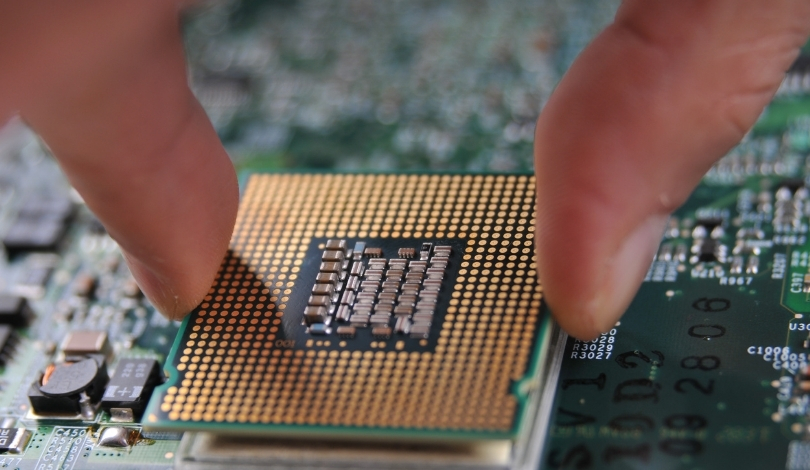Retailers and PC enthusiasts are noticing a steady price climb for DDR4 RAM, whereas previous trends hinted at affordable upgrades. As budgets tighten and availability shrinks, many consumers are faced with the dilemma of grabbing memory modules now or holding out in hopes of a market correction. Hardware vendors acknowledge the shifting landscape and offer mixed guidance on whether users should expedite upgrade plans. With DDR4 still a staple in countless desktops and gaming rigs, these developments could ripple through the entire PC aftermarket. Unlike newer DDR5, DDR4 continues to power mainstream computers, making price changes especially impactful for a wide range of users.
Recent reports last year highlighted fluctuating DDR4 prices, with some periods of modest dips as DDR5 entered the market. While projections suggested stabilization, subsequent supply pressures and sustained demand have upended those expectations, leading to more persistent price increases than industry observers predicted. Several retailers warned that stocking flexible inventories was becoming difficult, as memory manufacturers prioritized DDR5 production. This renewed inflation in DDR4 costs now stands in contrast to earlier speculation about prolonged multi-generational support and gradual phase-out.
What is Causing DDR4 RAM Prices to Rise?
The escalation in DDR4 RAM prices is primarily attributed to a combination of shrinking supply and shifting manufacturer priorities. Memory manufacturers such as Samsung and SK Hynix have reallocated significant production resources towards DDR5 technology, causing a decrease in DDR4 output. As a result, the scarcity is reflected in retail costs observed by both online and brick-and-mortar outlets.
How are Industry Leaders Responding to the Situation?
Several memory producers acknowledge the evolving landscape, advising customers to be proactive. Samsung emphasized,
“DDR4 production output will gradually decrease as we expand DDR5 manufacturing capabilities,”
and noted that inventory levels are already showing signs of strain. In turn, resellers like Crucial have communicated,
“We recommend users plan their memory purchases with an eye on ongoing supply changes,”
reflecting the uncertainty that both consumers and enterprise buyers now face.
What Should Consumers Consider Before Upgrading?
With prices on an upward trajectory, those planning to upgrade or replace aging computer memory may benefit from taking action sooner rather than later. Consumers relying on older systems compatible only with DDR4 may find limited upgrade windows as stock depletes and costs mount. Evaluating needs, monitoring price trends, and assessing alternative sources, such as reputable used hardware markets, can inform a timely decision.
DDR4’s sustained popularity is largely due to its compatibility and relative affordability—but both factors are now directly challenged by the trends in pricing and availability. Users with long-term plans for hardware longevity or recurring upgrades should take into account not only the initial investment, but also the declining presence of DDR4 in the supply chain. As the shift to DDR5 adoption accelerates due to motherboard and CPU advancements, DDR4 is poised to become even less of a priority for major producers, potentially reinforcing current price patterns. Timely procurement and careful stock monitoring will likely remain essential practices for consumers and businesses relying on DDR4-based systems in the coming year.










